Interview: Writer Steven Lebowitz Recounts Working on Chainsaw III and Submitting Elm Street 6 Script

The ’80s — one of the milestone eras in horror history. This decade solidified the genre’s mainstream popularity… introduced us to the likes of Jason, Freddy, and Chucky… and transformed Leatherface and Michael Myers from low-budget one-offs into franchise icons. Who could’ve predicted these villains would become kings in cinema? Despite the intervals in between appearances, these characters and their films have continued to dominate pop culture.
One of the strengths that Freddy and the Nightmare on Elm Street saga holds above its contemporaries is the story’s universal concept — dreams. With an imaginative writer and director at the helm, the possibilities for this franchise could be endless… which is a real shame considering it has been eight years since the dismal remake, with no concrete plans for another film.
Unlike, say, Halloween, there is no need for Freddy’s tale to stay within the confines of reality. In turn, the series has predominantly avoided the redundancy that could be attributed to a fair share of the Friday the 13th films. Don’t get me wrong, I’m a fan of all the big franchise sequels (for the most part), but by and far, the Nightmare films have managed to avoid the storytelling pitfalls that might plague your standard slasher flick.
Some of the films have been labeled as hits (Dream Warriors, New Nightmare)… others as misses (Freddy’s Dead)… and for every fan of any particular installment, there are usually a handful of detractors (sorry, but The Dream Master is where it’s at). With such debate still brewing over Freddy’s cinematic adventures, it’s always interesting to catch a glimpse at what might’ve been…
Thanks to reader Matt T., we were informed of an unproduced script that he recently purchased on eBay. Titled A Nightmare on Elm Street 6: The Dream Dimension, the script is credited to Steven Lebowitz, who, as it turns out, was a production assistant for New Line Cinema at the time, having worked on Leatherface: Texas Chainsaw Massacre III.
Unfortunately, we are not able to post the script for all to read — but I did manage to catch up with Lebowitz, who was kind enough to share his ideas for the sixth installment!
Can you relay a bit of your background leading up to this Nightmare 6 script?
Steven Lebowitz: By the time I wrote my script, I had already written three full-length screenplays; the first being a version of Nightmare on Elm Street 3. I was working as a production assistant on Leatherface: Texas Chainsaw Massacre III between my freshman and sophomore years at college, so I was still a pretty young kid.
A Nightmare on Elm Street 5: The Dream Child came out while our film was in production — summer 1989. Our teaser trailer was attached to the movie, which was a great take on the Excalibur myth. Pretty much everyone who came back from seeing the movie all thought it was pretty bad. Everyone was also familiar that I had wrote a script for Part 3 when I was fifteen years old and people started coming up to me and saying, ‘Hey Steven, you should try writing Part 6.’ I thought about it, came up with an idea and started writing the script when I got back to school.
Do you recall your original idea for Nightmare on Elm Street 3?
SL: I wrote it over thirty years ago now and sadly do not believe a copy of it exists anymore — I might have it in storage somewhere. I opened the script the way the first one opened but have Freddy creating a new weapon — which was to take tennis balls, baseballs, softballs and the like and putting spikes in them.
I also brought Nancy back in my script, too, but I believe she lives in my version. I don’t really remember what else what happens or how Freddy is “defeated” in that script.
How did you become involved with New Line Cinema?
SL: I was certainly very lucky and I owe a large dose of that to my mother. The reason I wrote my Nightmare on Elm Street 3 script is that I saw in my Starlog magazine that New Line was looking for Nightmare 3 scripts — not that they were putting an open call asking for them, just a small blurb that they were looking. At that point, I had already written a lot of sketch scripts out — ones that you would see on Saturday Night Live.
Once I wrote the script, my mother is the one who wrote the cover letter that went to New Line. Whatever she wrote got the attention of the first person to open it and got them curious about what I wrote. Back in those days, a company might take a gander at an unsolicited script and read the first 10 pages or so — I guess my first 10 pages were good enough to get people to read it because it went all the way up the ladder to Sara Risher — the ‘number two’ person at New Line. She was the one who wrote us back passing on the script, but saying how everyone over there really enjoyed it.
She also offered New Line to continue to read anything I wrote, even though I did not have an agent — and to contact them when I started college about potential internships, which is how I landed the Chainsaw job. So I took advantage of the opportunities they threw my way.
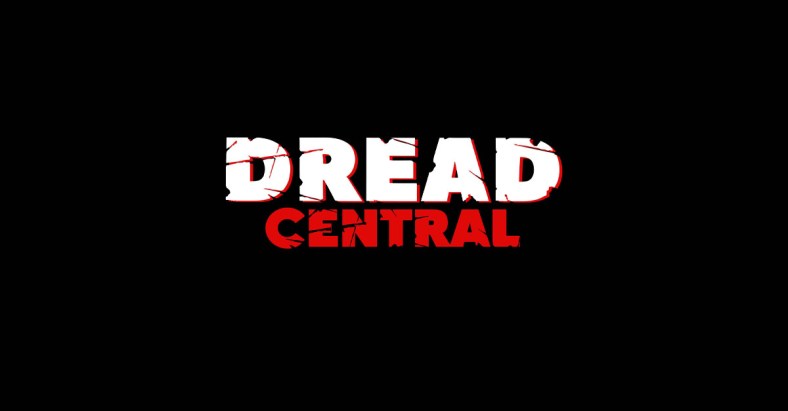
Lebowitz with stunt actor Kane Hodder on the set of Leatherface.
How was the experience of working on Leatherface: Texas Chainsaw Massacre III? What were your duties? Any memorable on-set moments?
SL: It was a blast! Some people talk about how working on a movie can be boring but as an 18-year old film school student, I had the time of my life. I was given a lot of important duties, too. The first four days of production took place at the gas station location — a place that was built from scratch. My duty at the beginning of the day was to drive the actors from the production office — which included Viggo Mortensen, Kate Hodge, Tom Everett and William Butler — to the set and back again at the end of the day.
I also picked up the dry cleaning of the costumes on the way to work — mainly because the place they used was close to where I was staying. A big job I had was handing out the set radios to all the crew members who needed one and keeping track of who had which radio. I was also in charge of making copies of the next day’s call list, which I was usually doing around 3-4:00 in the morning at the production office. Besides that, general PA stuff — going to get drinks for cast and crew and keeping certain areas quiet while filming was taking place.
There was never any drama on the set. Jeff Burr ran a tight ship and it was fun for everyone to work on, so I don’t have any on-set stories people would find to interesting, just ones that were personal for myself. I remember driving Viggo to set and listening to George Carlin tapes. I had a good relationship with Jeff, too, and a running joke was every day before filming, he would show me the day’s shot list to get me “okay.”
The radios I mentioned earlier, I kept in a box and after I was done handing them out, I would wear the box on top of my head and use one of the flaps to help keep the sun out of my eyes. People started calling me Boxhead and we joked the next movie would be Texas Chainsaw Massacre IV: Leatherface vs. Boxhead. A memorable night for me was when we shot a photo for the poster of it with R.A. Mihailoff in full Leatherface costume and me as Boxhead facing off. I still have that poster too.
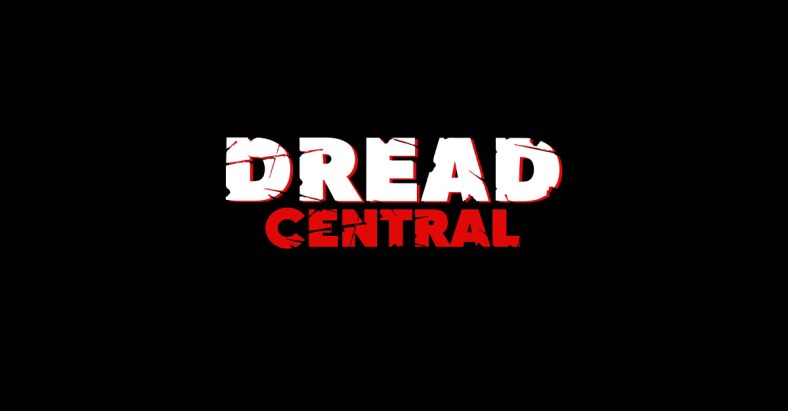
The Texas Chainsaw Massacre IV: Leatherface vs. Boxhead. “A legend can never die… But even a legend knows competition… Even a legend knows fear… This time, the hunter is the hunted… This time, it’s war.”
Can you give us a breakdown of your Nightmare 6 script? What were your goals for the project?
SL: My goal was simple: Make Freddy scary again. After The Dream Child, it felt like he was two steps away from doing stand-up comedy in front of a brick wall. I wanted to get back to what made Freddy — Freddy. The plot follows a new family who moves into Nancy’s old house. My main character brought in a new group of friends that Freddy could go after.
I also wanted to show Freddy’s origin in my script; he was actually a partner of Alice’s father while tracking another killer. It turns out this killer was one of the 100 maniacs that raped Freddy’s mother and the news of this is what sets him down his dark path.
Freddy was also a dream researcher and concluded that when we dream, we are actually going into another dimension. Before he died, he made himself go to sleep (yes, while he was on fire), making him the first person to put himself within the Dream Dimension. It took him a long time to become master of it — and that is why there was such a long gap between when Freddy was killed by the parents until he started killing their kids.
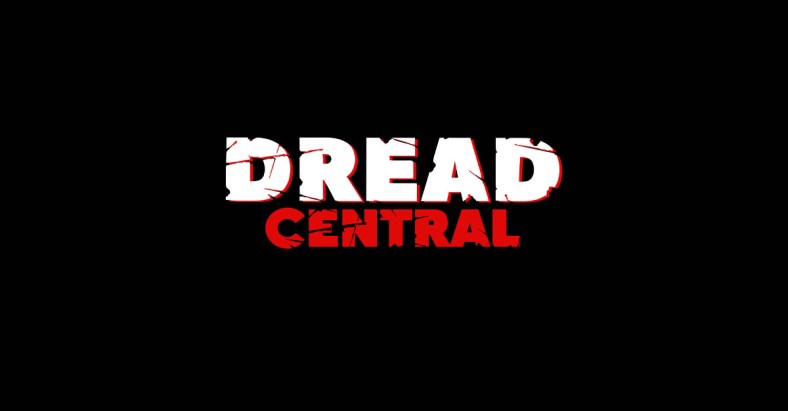
The other interesting plot point — one I have been hesitant to share because I have always been afraid if they rebooted Freddy again, someone would use the idea — is the concept of how we can take things out of our dreams. This was used in Freddy vs. Jason and even the Nightmare remake. I took the concept a step further — if we can take things out of our dreams, we can also bring things into the dreams with us.
Since my main character is living in the original Nightmare house, Freddy’s finger knives are still there, too — this is the item that helps bond Freddy to our world. If you were to remove that, then Freddy would not be able to attack anymore — plus, if he were to be killed by his own glove, then that would kill Freddy forever.
So what we ended up with was my main character taking the glove into his dream — and he and Freddy would’ve had a really awesome glove-on-glove fight.
How did you envision Freddy’s resurrection?
SL: My script is a direct sequel to The Dream Child. At the end of that movie, Freddy is “trapped” in his mother’s womb again, back in the old asylum. At the beginning of my script, a wrecking team has come in to tear the building down. When the wrecking ball breaks down the walls, Freddy is able to escape.
What role did Alice Johnson and her son Jacob serve?
SL: She and Jacob were in my script too. You may remember that at the end of The Dream Child, Jacob is still a baby. And just to solidify how this was no longer your stand-up comic Freddy, his first victim is Jacob. It was actually a cool sequence because I got to imagine what a baby’s dream might be like before Freddy comes to invade it. Jacob is flung around the room — a throwback to Tina’s death — and Alice comes in to see and can hear Freddy say, ‘Why Alice, you have a bouncing baby boy!’ Not willing to give Freddy the satisfaction of killing her, she kills herself, leaving her father to find both bodies.
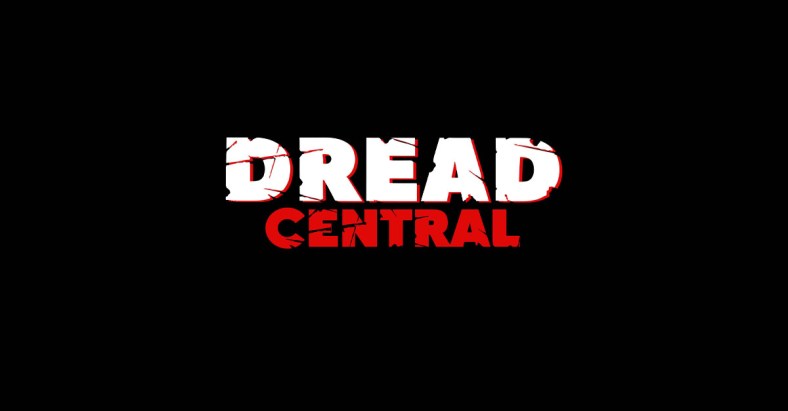
Do you recall any elaborate dream sequences you had in mind?
SL: The biggest was where one victim gets trapped in a huge spider web and is killed by my “Freddy spider.”
What were your thoughts on the sixth film, Freddy’s Dead: The Final Nightmare, as well as the further entries?
SL: No one is harder on my writing than myself. The Part 3 they made was so much better than the script that I wrote — However, there is no doubt in my mind that the Part 6 that I wrote was much better than what we received as fans. As you know, we received more of the stand-up comic Freddy. Both of our scripts explore his origins and what ultimately kills him, but we came up with different ways for both.
Nightmare 6 was the only script of mine that New Line did not read. They sent it back, but were kind enough to get on the phone with me — I was pretty high up on the chain as I spoke directly with Michael De Luca, who went on to become a pretty big producer. He explained to me that while he appreciated my efforts, the next Nightmare movie would be completely developed by the New Line executives and they would not be using my script. He did leave out that he was the one who wrote the new script.
I think if mine had been made, fans would say it would’ve been the best since the first — as far as the other Nightmares, I liked New Nightmare — I was able to see what Sara Risher looked like from that movie! I thought the remake and Freddy vs. Jason were just okay.
Did you submit any other spec scripts?
SL: Before Nightmare 6, I sent New Line two other scripts that I had wrote while I was still in high school. One was called Detective Kid and the other was 3 Powers. I did not yet know the proper way to write a Hollywood screenplay, so I am surprised New Line still read them.
I also wrote a spec script for Teenage Mutant Ninja Turtles IV that I submitted. For that, I brought back Shredder along with Rocksteady, Bebop and Krang. A friend who read that one thought that maybe the movie that came out a couple of years ago was based on my script, but outside of bringing those characters back into the fold, they were not similar in any way. Unfortunately, Turtles III did poorly at the box office and New Line stopped the franchise. One of the reasons someone rejected my script, too, was because it “had too many fight sequences and little character development.” Oh, well.
Are you still active within the film world?
SL: In the greatest of ironies, I’ve become a film critic in South Florida. I started back in 2009 and I am a member of the Florida Film Critics Circle. I used to be the West Palm Beach & Miami Movie Examiner, but today I am The Movie Knight. I have a reputation of being quite brutal at times in my reviews. I still write scripts and make short films from time to time.
Would you ever feel compelled to submit another Nightmare script? If so, how do you envision the story? Remake/sequel?
SL: I certainly have no compulsion to write another Nightmare script, but if I was ever asked to write one, I would borrow some elements from my Part 6 script and see where that would take me.
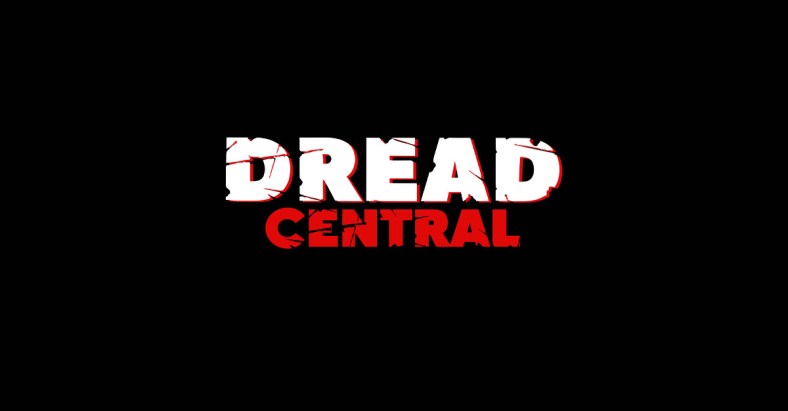
Categorized:News









